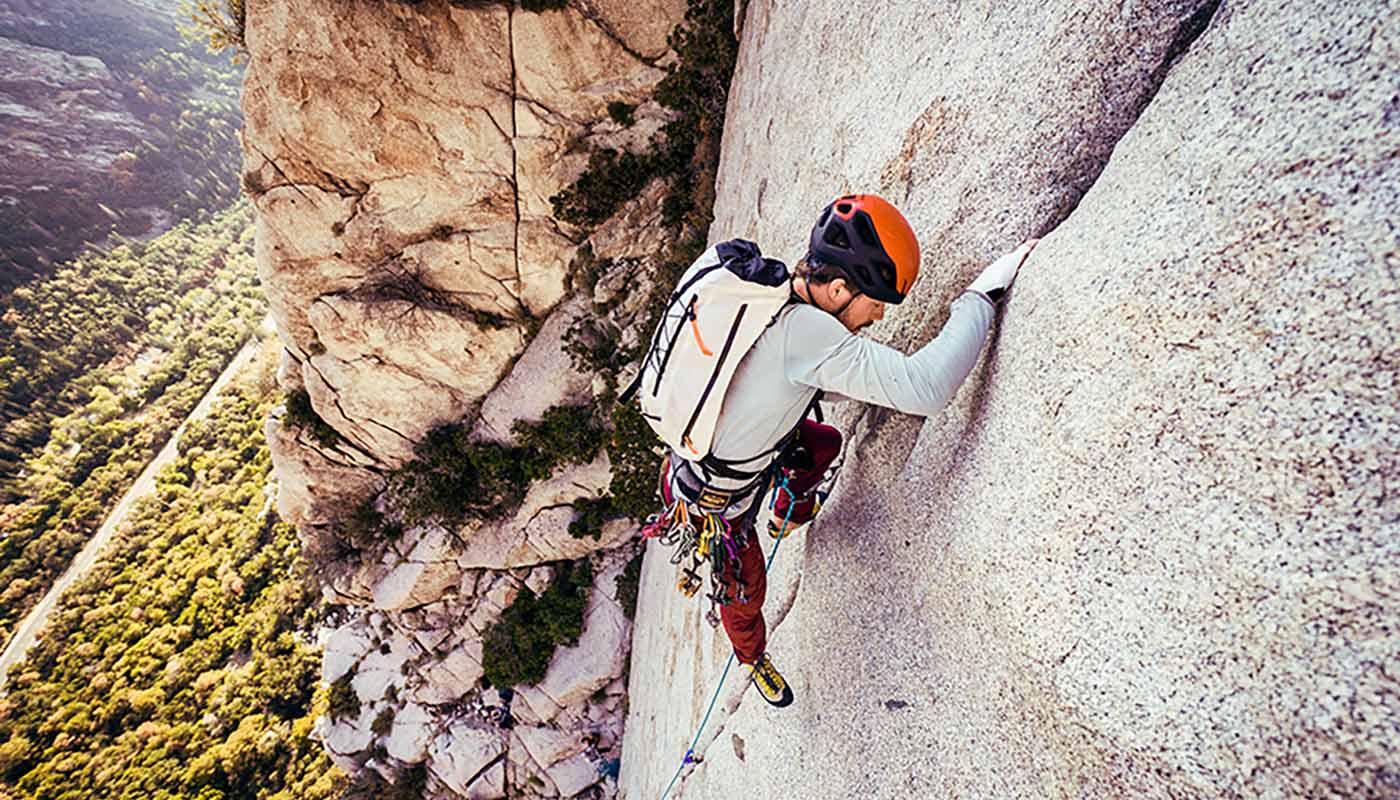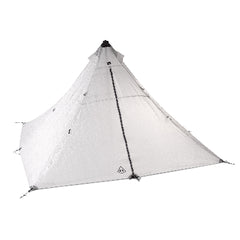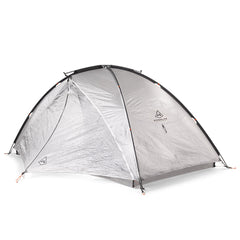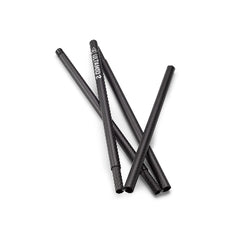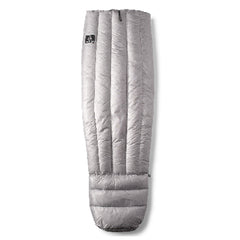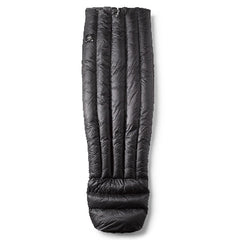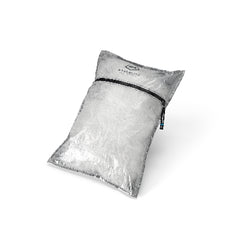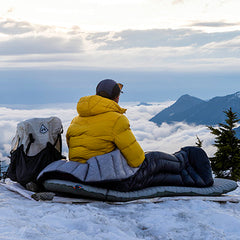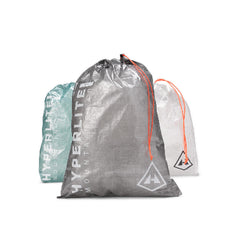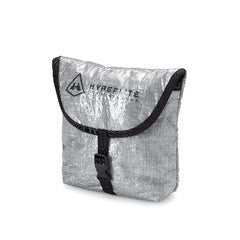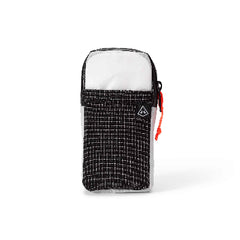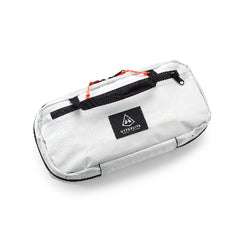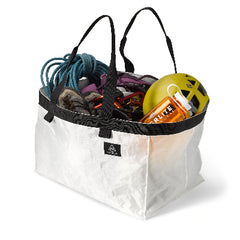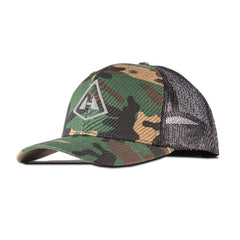Words and Photos by Marco Johnson, Senior NOLS Instructor
When I began my career in Outdoor Education, and took my NOLS Field Instructor Course in 1985, the idea of being lightweight, as we think of it now, did not exist. Regardless of the type of pack one owned, the assignment was simple in theory–pack the gear needed for the present trip into or onto the pack you owned. Gear weight was thought about, though it was not at the forefront of planning and decision-making.
In my early years as a NOLS instructor, I gave little thought to having extra gear. I rationalized the extra gear as a resource for my students should they need it and for my (perceived) personal comfort, given the amount of time I spent in the backcountry.
As I gained experience and maturity of judgment, I realized what I was carrying on my back impacted my body a great deal more than I’d been willing to consider earlier. I realized that longevity in the work and play I loved meant adapting the gear I brought and how I packed.

The past vs. a much lighter and more compact present. Marco uses the Porter for work and many of his adventures.
I initially took strategies from thru hikers–cutting my toothbrush down and tearing pages out of journals. Then, a friend gracefully intervened, reminding me that I’d have to find a lot of things to cut down or tear out to achieve my goals. They encouraged me to look at the weight of my backpack, shelter, sleep system, and food preparation strategies. These were the “big rocks” in my system and the ones I needed to address first and foremost. They were not wrong!
I went from a seven-pound pack to one that weighed two pounds. When using a shelter, I committed to using a tarp whenever possible. If I chose a tent, it needed to be durable and light. I chose to invest in a down sleeping bag rather than continuing to use a synthetic bag and then went on to embrace the use of quilts (I know this move isn’t for everyone!). When trips allowed, I chose an isobutane or alcohol stove rather than my white gas stove. By making these intentional choices, I dropped my overall pack weight by 12-15 pounds!
After tackling the big-ticket items, a good deal of the other gear took care of itself. By choosing a smaller volume and lighter weight pack, I also focused on replacing my layers, as they wore out, with an eye towards lighter weight, greater durability, and more compression. My previous packs were high volume, and because that volume was there, I filled it up! A smaller volume pack forced me to be thoughtful and intentional about what I put into the pack. Getting ready for professional and personal trips became a game of keeping it simple and packing smart! My body has appreciated my change in strategy and new choices.
Some thoughts on gear:
PACKS: WHAT DO YOU NEED TO CARRY?
- Choose lightweight and durable fabrics. A lightweight pack made with durable material will last for years and is cost-saving in the long run.
- Minimize unnecessary side pockets and zippers as these add weight and bulk to the pack and are potential failure points.
- Choose the smallest volume pack you believe you need and pack it with just the gear you truly need.
= 2-4 lbs. less weight in your kit.
SLEEPING SYSTEM: HOW WILL YOU REST AND RECHARGE?
- Down sleeping bags work quite well in all environments. It’s how we look after this material that matters most.
- Quilts – the sleeping bag materials beneath our bodies compress and provide little insulation. Focus on the insulation above and around your body. Wear the layers you brought with you as extra insulation if needed.
- Invest in a good sleeping pad/mat.
= 1-3 lbs. less weight in your kit
SHELTER CHOICE: WHAT TYPES OF ENVIRONMENTS DO YOU OVERNIGHT IN?
- Tents made of strong, lightweight fabric like Dyneema® are lighter in weight and make for incredibly strong shelters in dynamic weather conditions. This material also sheds water/moisture well when packing the shelter in your pack.
- Tarp shelters are lightweight and provide excellent coverage. With a bit of practice, “A” frame and pyramid shelters will serve you well in various weather conditions.
= 1-2 lbs. less weight in your kit

